Chocolate cake with black rice, beetroots and a berry mascarpone frosting
Plus reflections on historical rice puddings
Before we begin: When I first started this newsletter, I had big plans to run it as a weekly publication (at least), with dedicated—and possibly elaborate—posts for paid subscribers only. Soon, life got in the way, and I realized I couldn’t keep up with the frequency of publication here, as I had to prioritize the paid commissions that cover my rent and bills: photo shoots and editing, writing for paying outlets, cooking classes, events, and food tours. I paused the paid subscription, thinking that one day I might turn it back on.
I’ve been blogging, in one way or another, in different corners of the internet for nearly 20 years now. My food blog, Lab Noon, is now 11 years old. I enjoy doing this—the writing, the photography, the stream-of-consciousness musings, and of course, the recipes. It does take a lot of time to do all of this and publish a post. But at this moment, I can’t commit to the consistency this platform demands if one wants to make a business out of it. And right now, I don’t want to make a business out of it. But I would appreciate your support. In fact, I need your support—in any form—and I would be very grateful.
I’m turning paid subscriptions back on tomorrow, April 19th, but I’m not paywalling any past or future posts. This way, you can support me by paying a small monthly or annual amount if you want to—or if it’s within your means. I would be very grateful. Every month or so, we’ll do a live video here together and cook something. We’ll also have a community chat. If you’ve already signed up as a paid subscriber and this isn’t to your liking, please feel free to update your subscription plan.
As always, I’m deeply grateful to you all for reading this.
x
Saghar
In my cookbook Pomegranates & Artichokes, recipes and memories of a journey from Iran to Italy, I often compare recipes from far ends of this span that have similarities and in some cases, actual historical roots. I do get insufferably nerdy about this sometimes, but in the book we tried to keep it at a comprehensible and interesting level.
There are two ancient recipes that come up whenever I’ve written about milk puddings, rice puddings or ever rice cakes; isfidhabaj and blancmange.
Milk, almonds, meat: The story of two (or perhaps one) ancient recipes
Blancmange is perhaps the most well-known, a white, slimy pourrige of sorts, often to feed children or the ill. The 14th- and 15th-century English blancmanges were made of shredded chicken breast, sugar, rice, and either ground almonds or almond milk, but there were many variations on the idea on the Continent.
In ancient texts on Arab cooking (9th-11th century), isfidhabaj is often mentioned as an ancient Persian white dish. According to Dehkhoda, the late and prominent Persian lexicographer, sepidba is a soup without yellow spices (turmeric, saffron, cinnamon) — something to be given to the invalid and sick. But it can have chickpeas, and sometimes almonds. Although Charles Perry, the food historian, who has a fascinating paper on blancmange disagrees that isfidhabaj and blancmange are truly related — but that doesn’t make the journey any less interesting.
The fact remains, however, that ground rice was cooked in these dishes, and they often had meat in them — and they were sweet, too. In dessert form, the chicken or meat was probably used as a thickener, later replaced with gelatin. (To this day, the Iranian halim — different from the Levantine haleem — is a porridge made with pounded meat, served with sugar and cinnamon.)
Later, the meat was dropped, possibly because it was expensive — leaving the starchy rice flour as the thickener. (In Turkey, there’s still a version of this pudding that uses chicken breast: tavukgöğsü and kazandibi. People freak out, but it really just tastes like a delicious white pudding. Although we must remember that initially, this wasn’t a dessert, but just a dish. Connotating sweet as a dessert, as opposed to the main dish is a modern idea, specially in the Middle East.)
Isfidhabaj, or blancmange — regardless of their presumed ancient connection or lack thereof — are the ones that gave birth to rice puddings everywhere. Even white puddings with eggs — such as latte portoghese, panna cotta, and crème caramel — have their roots in the humble blancmange. But in our day and age, blancmange sadly becomes the symbol of slimy, textureless, often industrial desserts — with no flavor, made with gelatin. Nevertheless, I find this story fascinating and ever deserving of research and 1 specially of the decolonnized type. (I have found at least 3 or 4 discrepancies between what Mr Perry has published about Middle Eastern food and my own lived experience of it in Iran).
The recipe that follows is inspired by a rice pudding cake that I’ve written in Pomegranates & Artichokes called an orange-scented rice cake, which is basically a baked rice pudding that holds all the aroma of an entire orange grove inside it. The cake we have here however is a chocolate cake; a rich, deep chocolate cake made with black rice. And beetroots.
A Black Rice from fields in Maremma, Tuscany
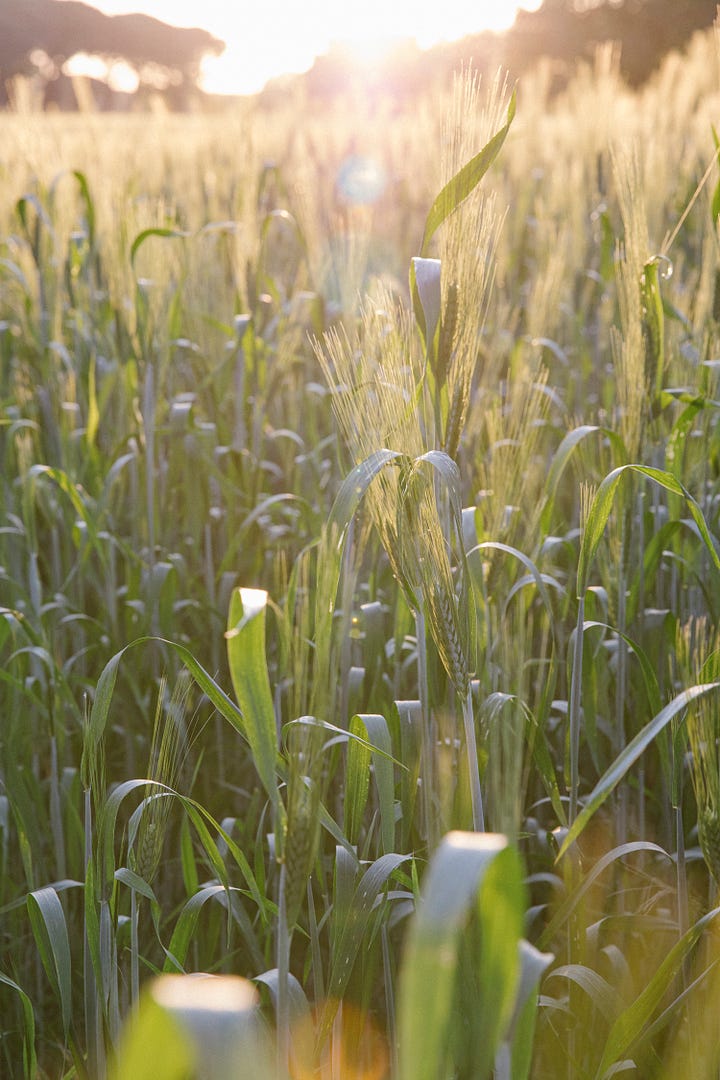
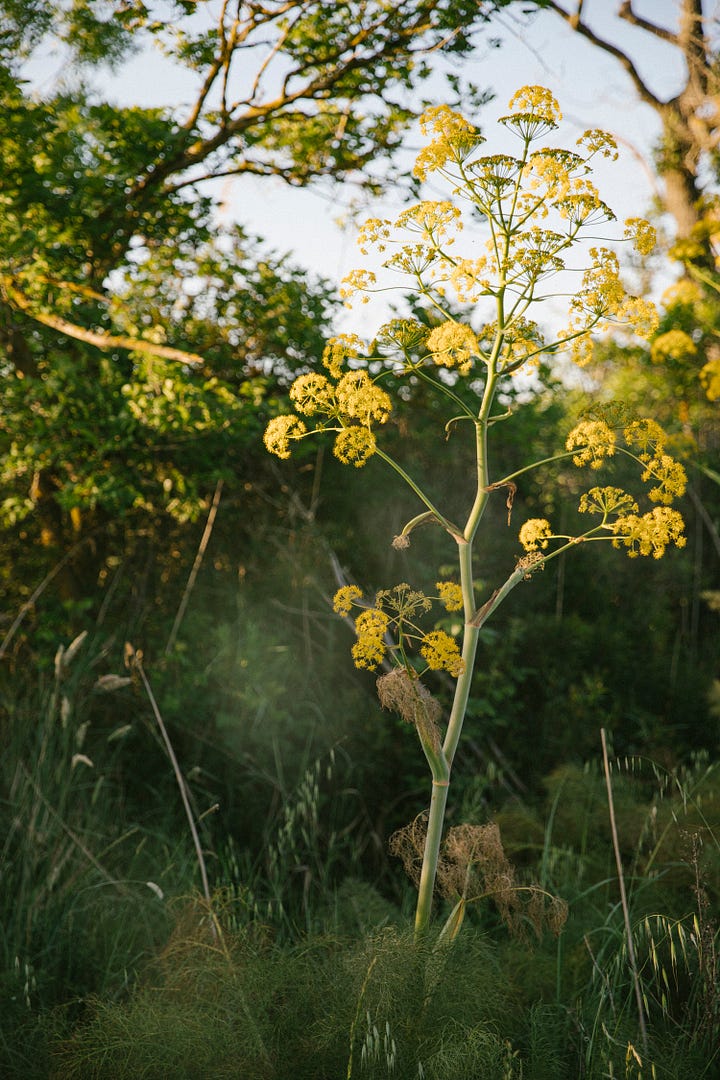
I’m using Ebano Rice from Tenuta San Carlo, an organic rice field in Maremma, Tuscany which I had the pleasure of visiting a couple of years ago. The attention to sustainability, crop rotation and the health of the soil is truly remarkable at Tenuta San Carlo.
I have written previously about their rice and developed other recipes with a couple of varieties of their rice, but I should say this new Ebano black rice must be my favorite. As it says on their website “beyond its sustainability, Ebano is also simply delicious.”
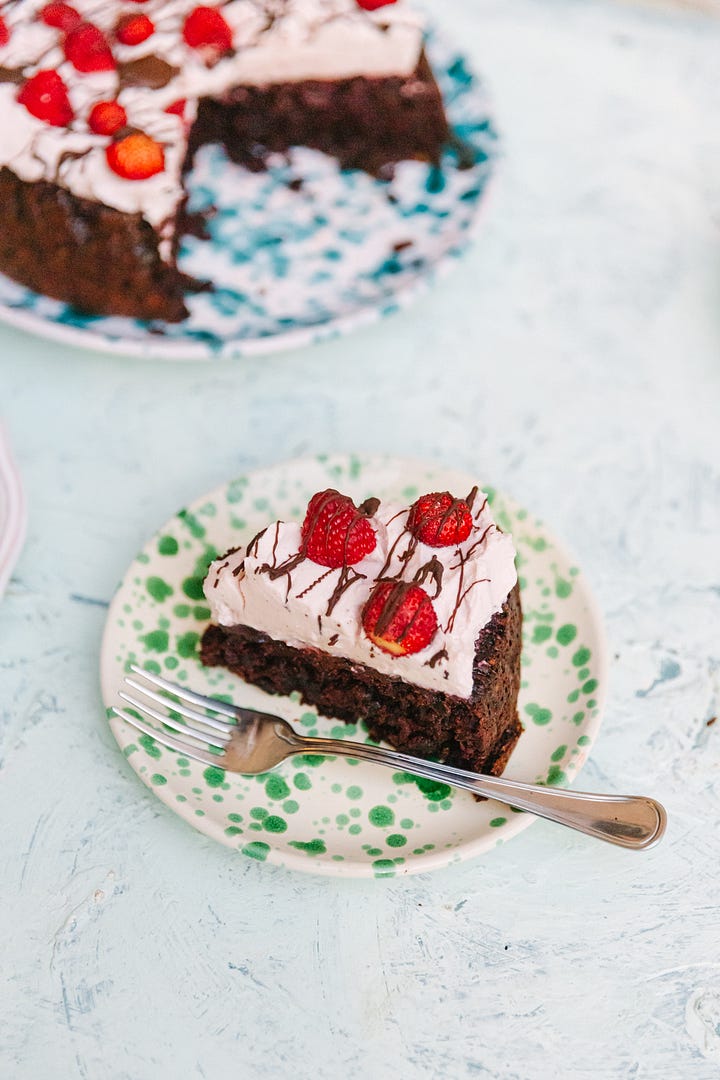
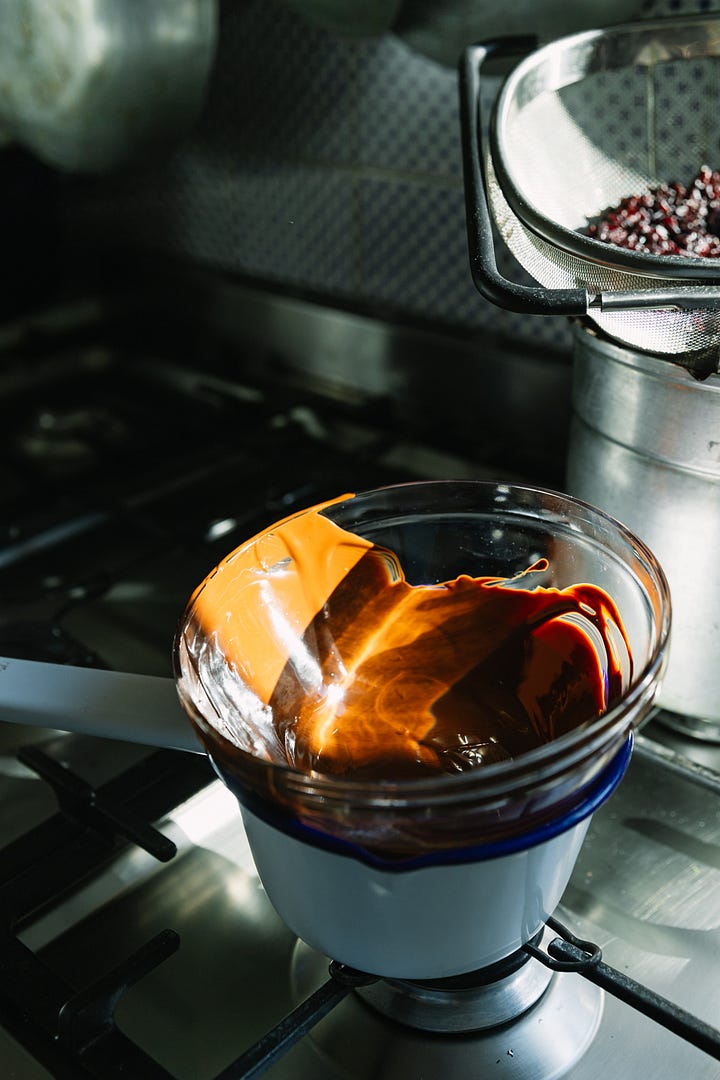
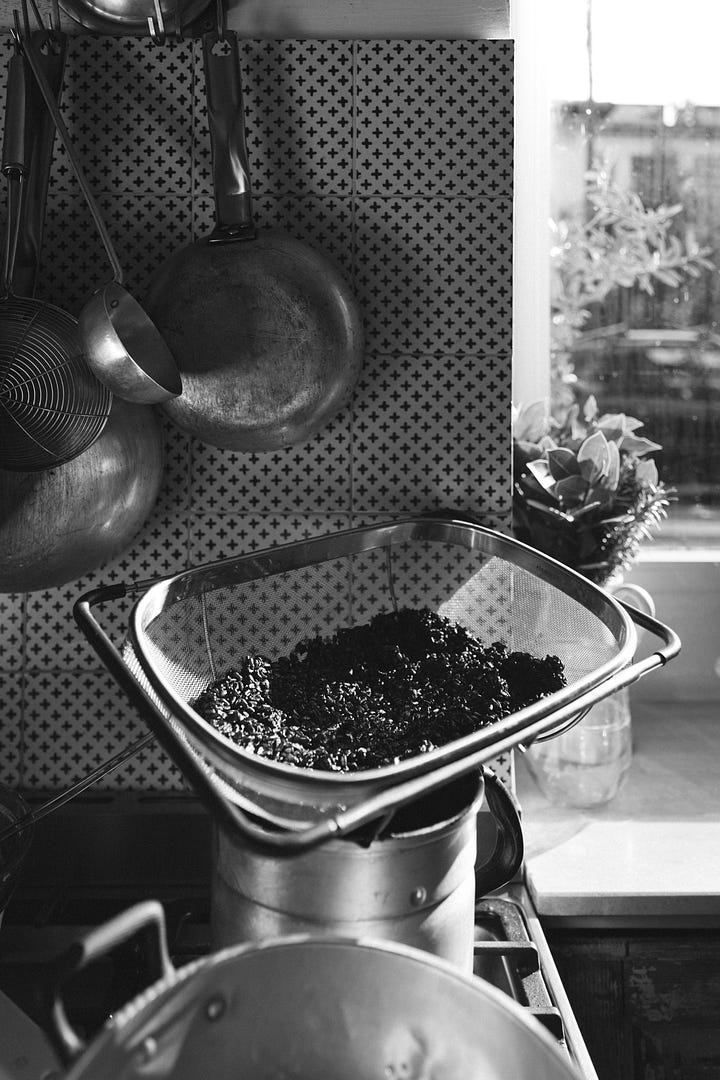
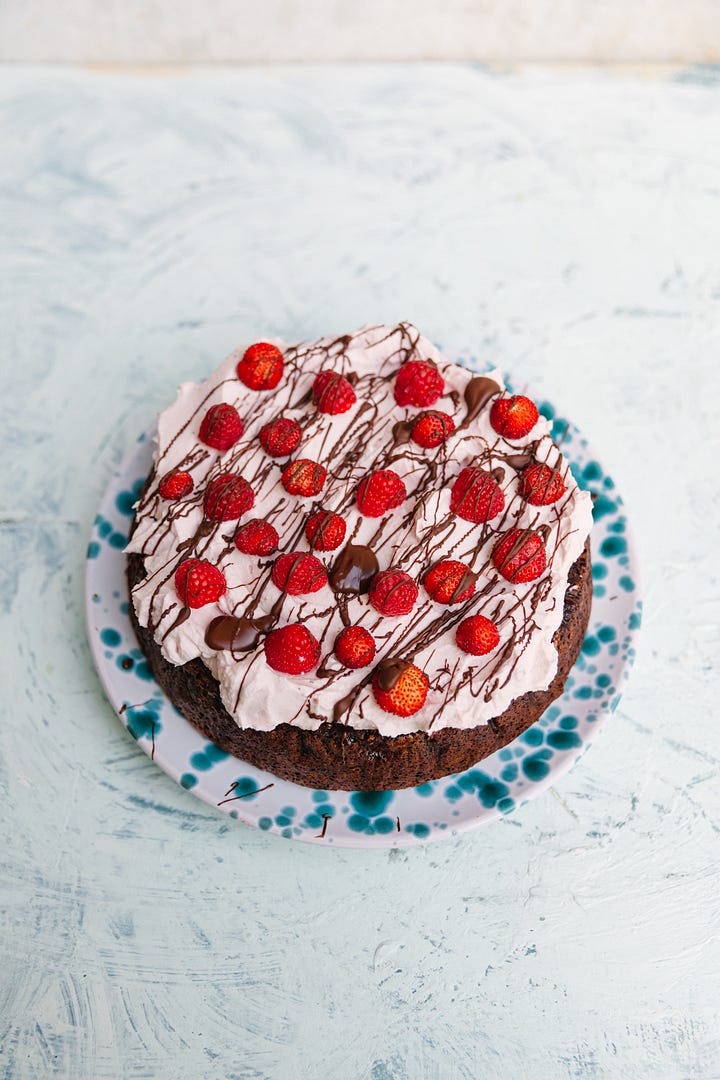
I’ve named this cake “the black risaia”, not so much as a black forest, but a black rice field. The liquid retained in the rice and the water of the beetroot make this cake pleasantly soft, yet with a texture, because of the rice grains. The rich, creamy mascarpone frosting with the acidity of the berries cut beautifully through the intense and earthly flavors of the chocolate, beets and black rice.
Black Risaia: Chocolate Cake with Black Rice, Beetroot, and Berry Frosting
Makes one 20 cm cake
Ingredients:
For the cake:
200g Ebano black rice by Tenuta San Carlo
2 large beetroots (or 3 medium ones, 400-500g)
4 eggs
150g caster sugar
300g milk or dark chocolate2
1 heaping tablespoon cocoa powder
1 teaspoon baking powder
Olive oil for greasing the tin
For the frosting:
500g mascarpone3
300g mixed berries (I used raspberries and wild strawberries)
3 tablespoons powdered sugar
Juice of 1 lemon
Method:
Cook the rice according to the instructions on the package (for about 30 to 45 minutes) in a large pot of lightly salted water. Note that the rice will expand significantly while cooking and absorb a lot of water. Once cooked, drain the rice and let it cool completely.
Preheat the oven to 180°C/350°F. Line the bottom and sides of the tin with baking parchment, using olive oil on both sides to ensure the paper stays in place.
Chop the chocolate into pieces and melt it using the bain-marie method: place the chocolate in a heatproof bowl over a saucepan of water, and melt on medium-low heat.
Wash, peel, and shred the beetroot in a food processor or grate it coarsely by hand.
Separate the yolks and whites of the eggs. Beat the egg yolks with the sugar (if using a food processor, add the egg yolks and sugar directly to the food processor with the beets). Set aside 1 tablespoon of the melted chocolate for garnish, and gently fold the rest into the mixture. Add the cocoa powder and baking powder, ensuring there are no lumps. Incorporate the cooked rice.
Using an electric whisk or a stand mixer, whip the egg whites to soft peaks, then gently fold them into the batter. Transfer the batter into the prepared tin and smooth the surface.
Bake for 50 to 60 minutes, or until a skewer inserted into the center comes out clean. Wait for 10-15 minutes, then unmold the cake and allow it to cool completely.
For the frosting, add half of the berries, powdered sugar, and lemon juice to a saucepan. Cook on medium heat until the sugar is completely dissolved and the fruit has reduced to a pulp. Use a fork to mash the berries thoroughly. Strain the coulis through a sieve and discard the seeds. Mix the berry puree with the mascarpone until you have a smooth, pale pink cream. If necessary, chill the frosting in the fridge for about 15 minutes.
Spread the frosting thickly over the cake and top with the remaining berries. Using a spoon, drizzle the reserved melted chocolate (you may need to reheat it using the bain-marie method) over the cake from a height. Serve.
Keeps for 2-3 days in the fridge.
Some reading material, in care you’re interested in the topic:
Charles Perry – Isfidhabaj, Blancmanger, and No Almonds, in Medieval Arab Cookery
https://prospectbooks.co.uk/products-page/current-titles/medieval-arab-cookeryTamar Adler – Trembling Before Blancmange, The New York Times Magazine (2016)
https://www.nytimes.com/2016/05/29/magazine/trembling-before-blancmange.htmlAlan Davidson – The Oxford Companion to Food
https://global.oup.com/academic/product/the-oxford-companion-to-food-9780199677337C. Anne Wilson – The Saracen Connection: Arab Cuisine and the Mediaeval West, Petits Propos Culinaires, Vol. 7 (1981), pp. 13–16
https://journal.equinoxpub.com/PPC/article/view/29605Utku Can Topçu – Arab Origins of Tavukgöğsü and Blancmange: The Overlooked History (2023), Petits Propos Culinaires 121
https://www.researchgate.net/publication/366836361_Arab_Origins_of_Tavukgogsu_and_Blancmange_The_Overlooked_History_-_Petits_Propos_Culinaires_121
Due to the earthy flavors of the beetroots, I prefer to use milk chocolate or, at most, 60% dark chocolate.





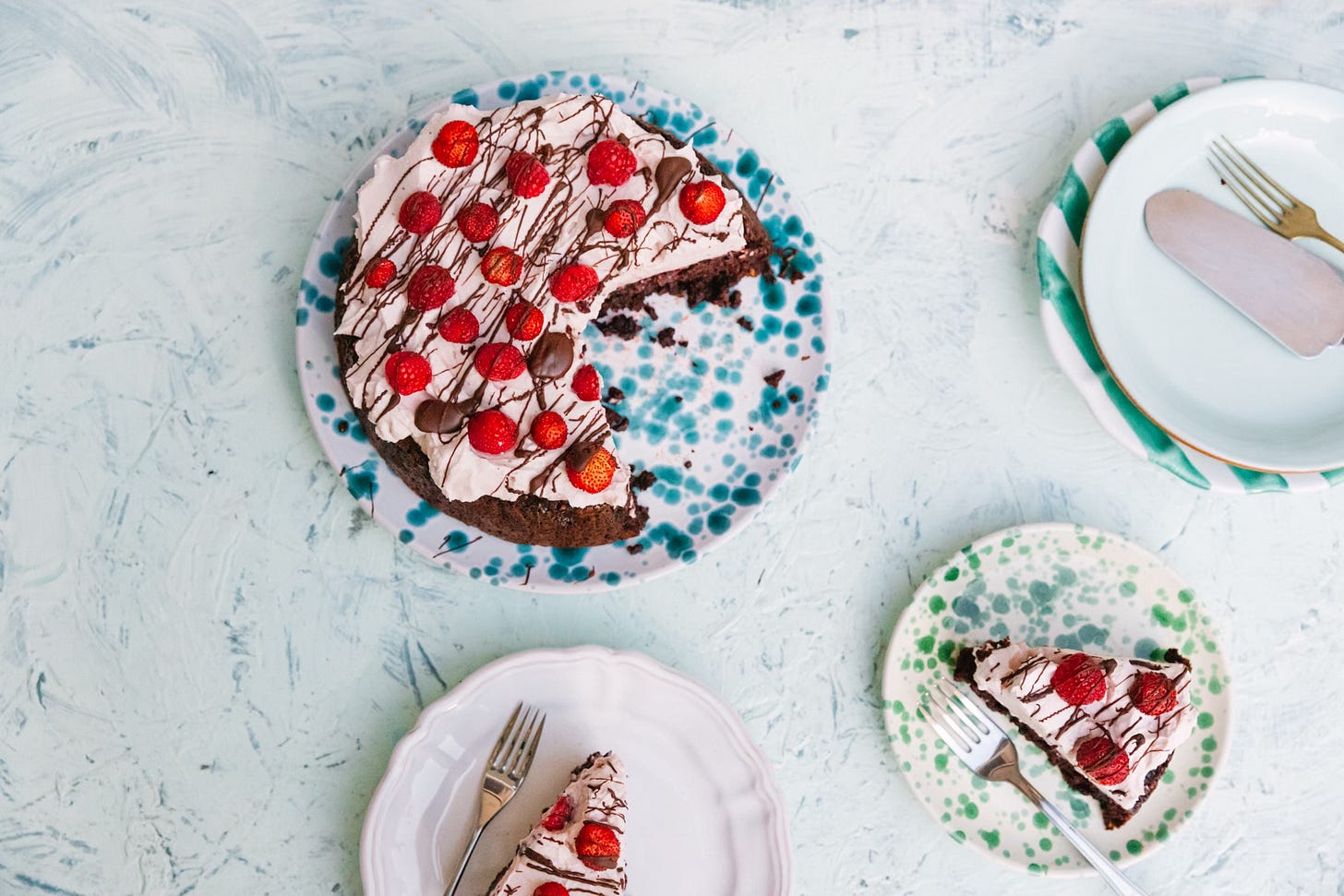
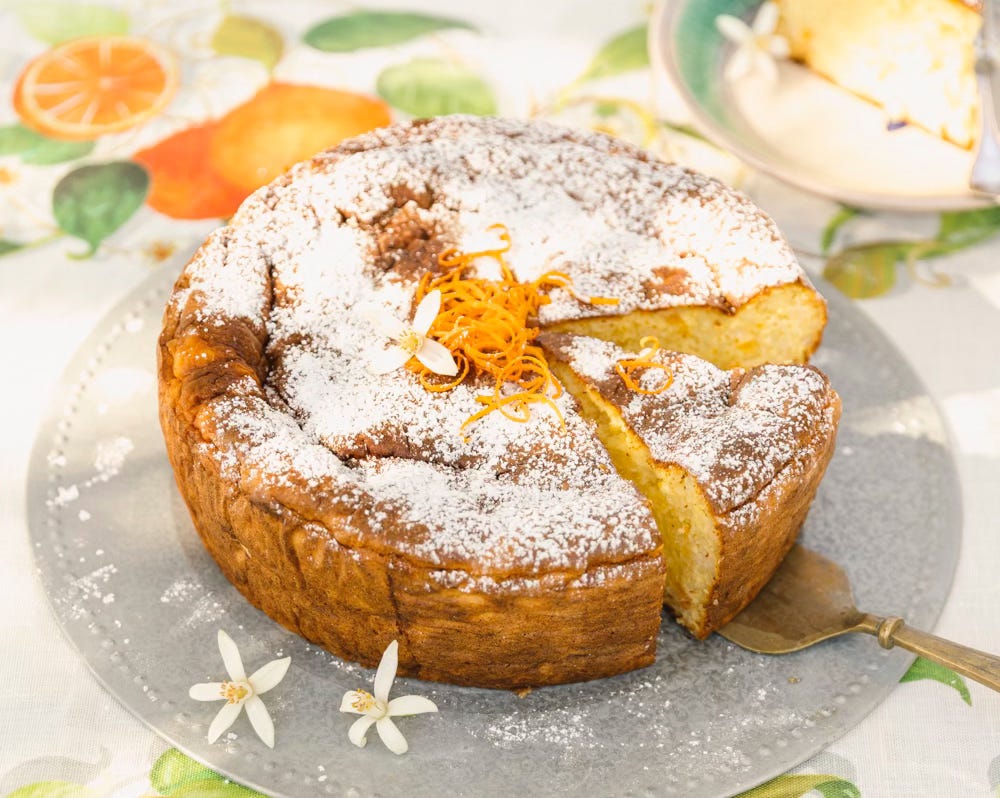


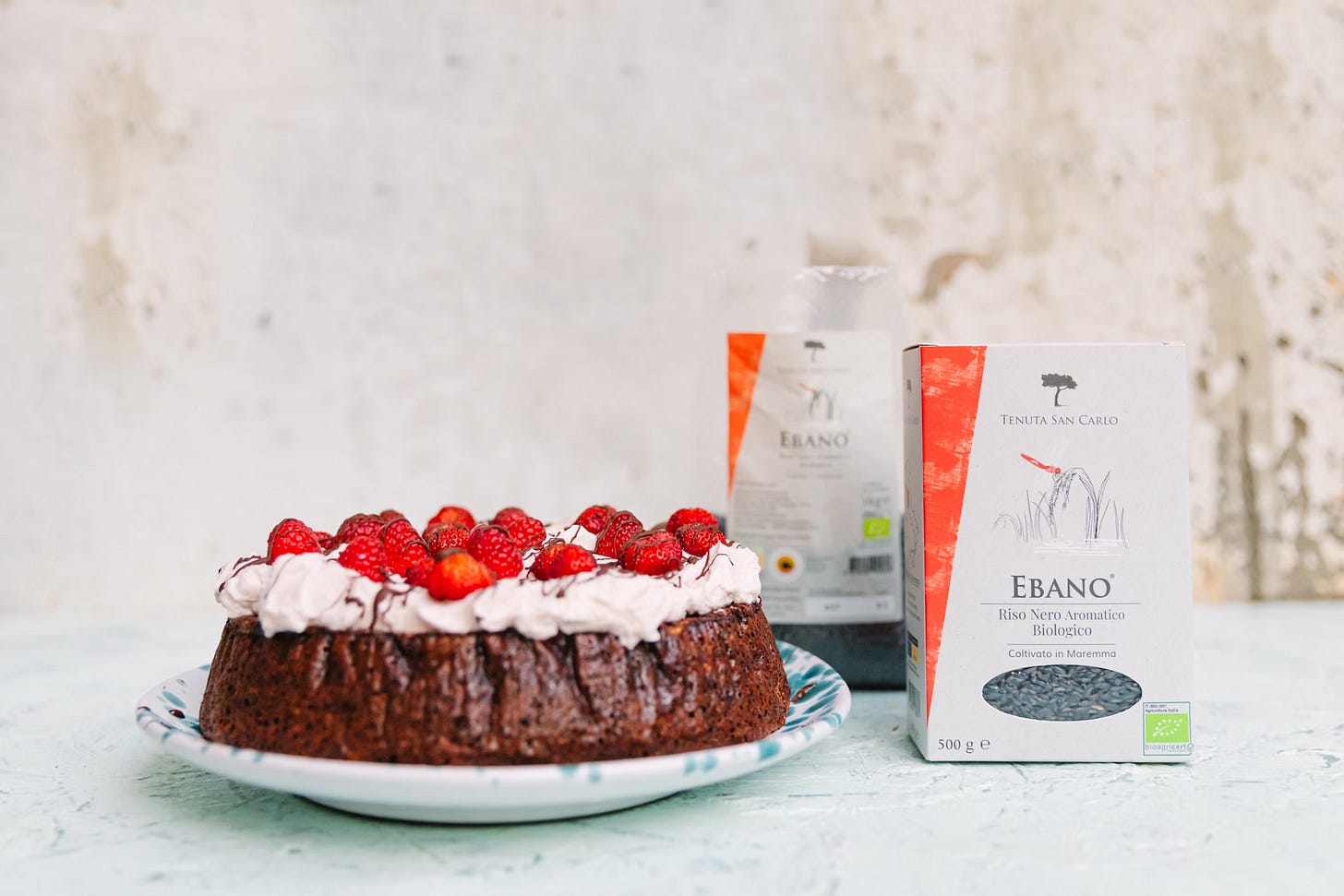
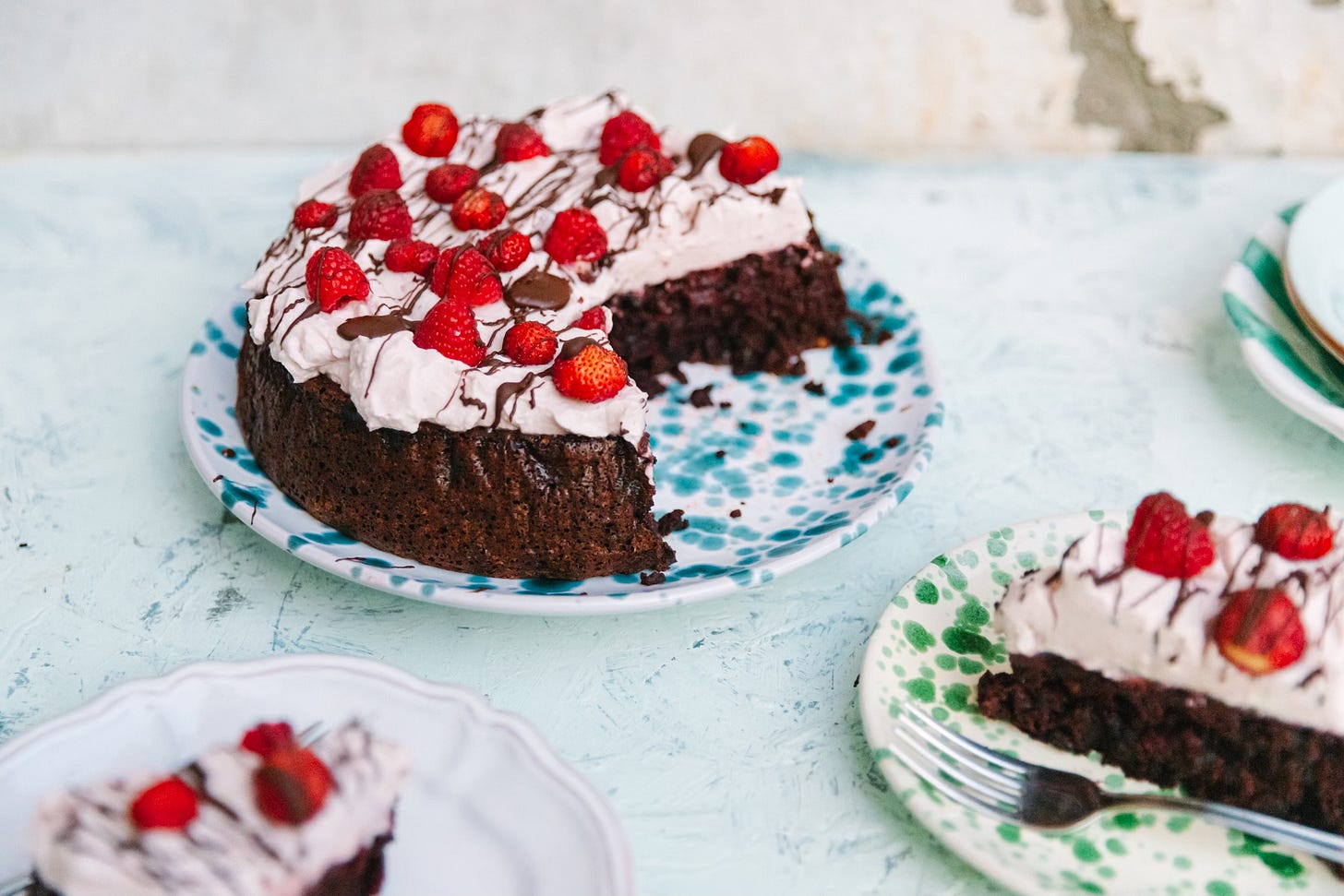
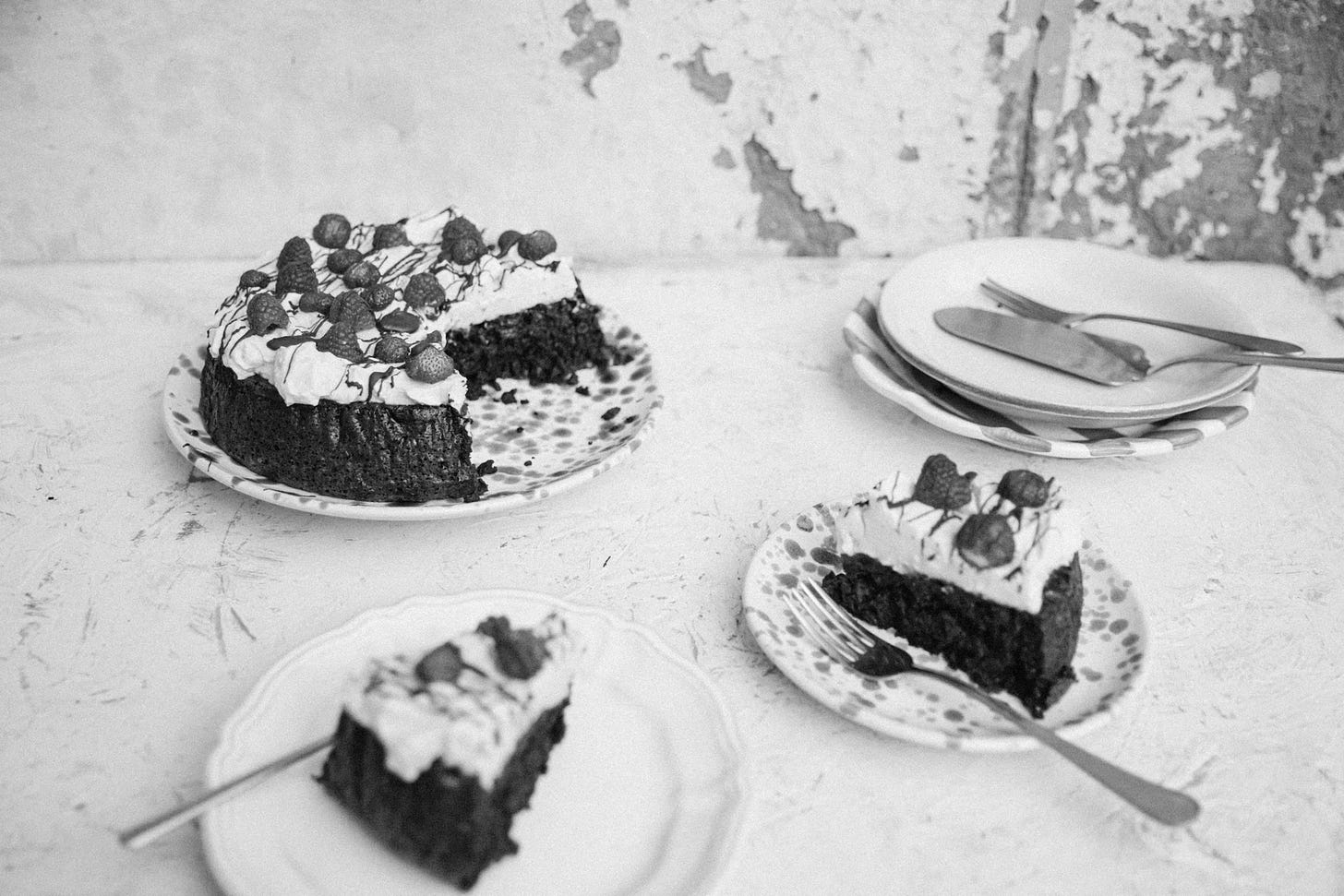
Brilliant flavor layering. Looks amazing too!!
La farò sicuramente.